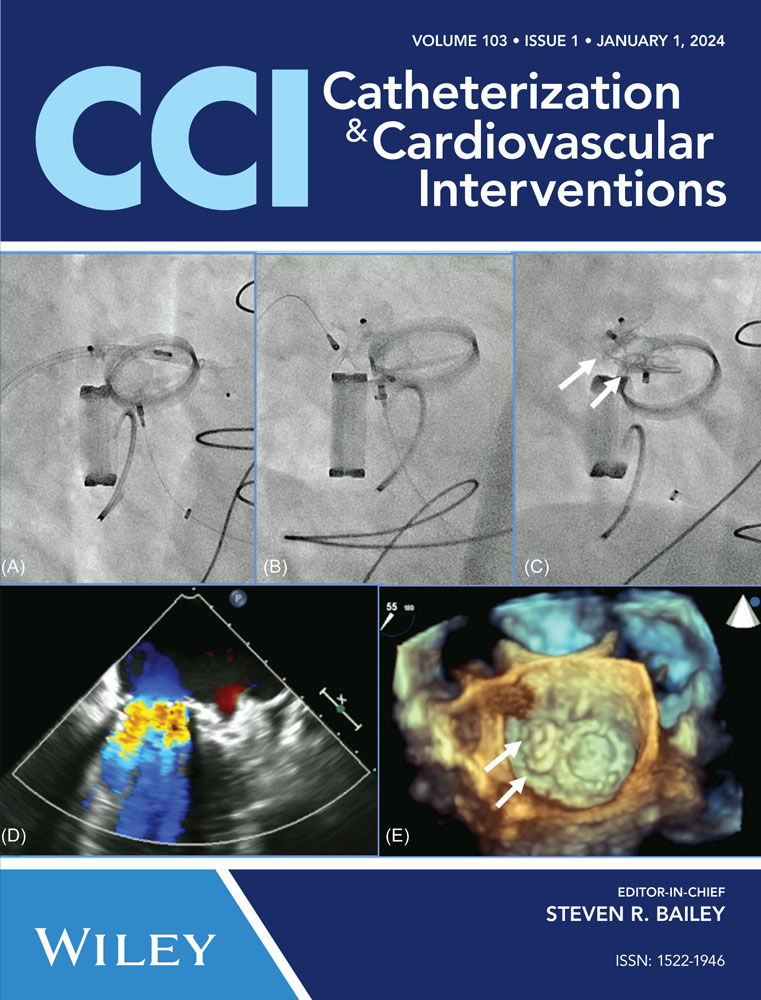Intravascular ultrasound-guided STAR 2.0: A new technique for chronic total occlusion recanalization
Abstract
The use of the subintimal space has allowed a massive advancement in the field of chronic total occlusion percutaneous coronary intervention (PCI). The STAR technique is the first of subintimal techniques. Despite a high acute success rate, follow-up results showed unfavorable outcomes with half of the treated patients showing restenosis/reocclusion at 6 months. We present three cases in which a modification of the STAR technique guided by intravascular ultrasound (IVUS), namely the STAR 2.0, was used as a bailout for successful PCI of chronic total occlusions.
CONFLICT OF INTEREST STATEMENT
The authors declare no conflict of interest.
Open Research
DATA AVAILABILITY STATEMENT
Data sharing is not applicable to this article as no new data were created or analyzed in this study.




